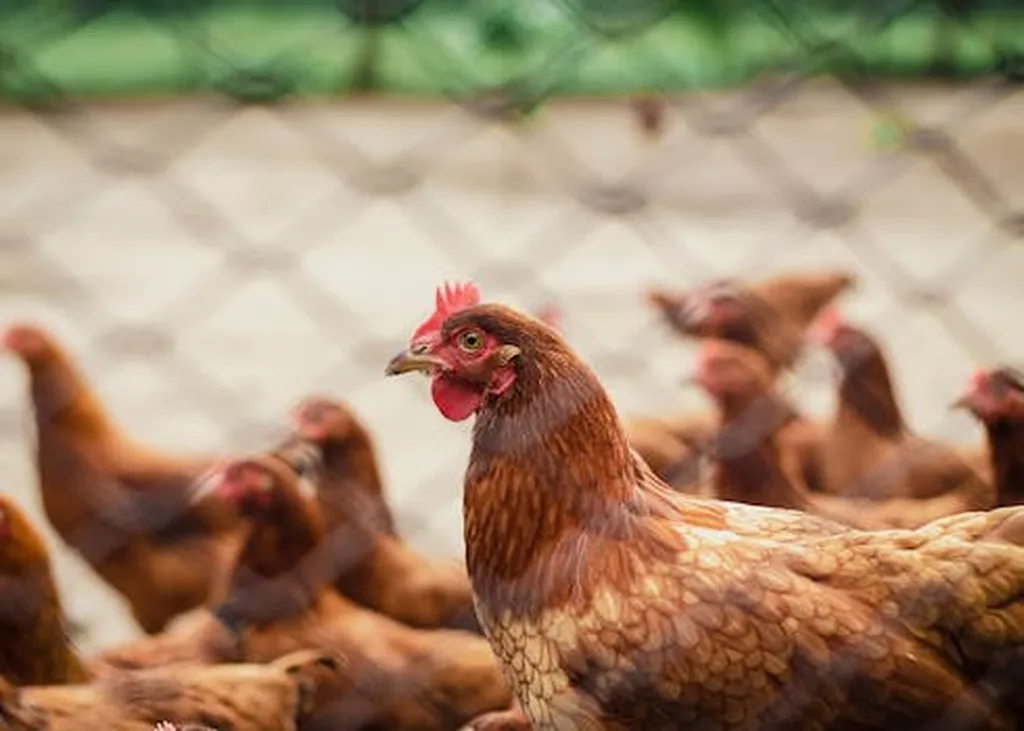In the heart of Rwanda, researchers are pioneering a technological revolution that could transform how we manage bird populations, with significant implications for agriculture, aviation, and even the energy sector. Led by Samson O. Ooko from the African Center of Excellence in Internet of Things at the University of Rwanda, a comprehensive study published in ‘IoT’ (translated to English as ‘Internet of Things’) has shed light on the latest advancements in AI-driven bird detection and repellence systems. The findings could reshape how industries approach bird-related challenges, offering a glimpse into a future where technology and ecology coexist harmoniously.
Birds, while integral to our ecosystems, can pose substantial challenges. From agricultural losses due to crop damage to safety risks in aviation, the need for effective bird management has never been more pressing. Traditional methods, often labor-intensive and environmentally harmful, have proven inadequate in the long run. Enter the world of IoT and machine learning, where real-time, automated solutions are becoming a reality.
Ooko’s research, which reviewed 154 studies from 2020 to 2025, highlights the growing use of convolutional neural networks (CNNs), YOLO variants, and MobileNet for visual detection. “The integration of image, audio, and multi-sensor data in IoT and edge-based environments is a game-changer,” Ooko explains. This multi-sensor fusion approach improves detection accuracy, making systems more reliable in diverse environments.
The study also delves into various repellence strategies, including sound-based deterrents, visual deterrents, and even predator-mimicking visuals. Adaptive AI-integrated systems are particularly promising, as they can learn and adapt to different bird behaviors over time. “The key to deployment success lies in edge compatibility, power efficiency, and dataset quality,” Ooko notes. This means systems need to be robust, energy-efficient, and capable of processing data locally to minimize latency and bandwidth usage.
For the energy sector, the implications are significant. Bird-related issues can cause power outages, damage equipment, and lead to costly repairs. AI-driven bird detection and repellence systems could mitigate these risks, ensuring more reliable and efficient energy distribution. Imagine a future where power lines are protected by intelligent systems that detect and deter birds in real-time, reducing downtime and maintenance costs.
However, the journey is not without its challenges. Current studies face limitations such as species-specific detection difficulties, data scarcity, environmental changes, and energy constraints. Ooko emphasizes the need for future research to focus on tiny and lightweight AI models, standardized multi-modal datasets, and intelligent, behavior-aware deterrence mechanisms. “Precision agriculture and ecological monitoring stand to benefit greatly from these advancements,” he adds.
As we stand on the brink of this technological frontier, the work of Ooko and his team offers a beacon of hope. Their research, published in ‘IoT’, not only highlights the current state of AI-driven bird management but also paves the way for future innovations. The potential commercial impacts for the energy sector are immense, promising a future where technology and ecology work hand in hand to create a more sustainable and efficient world.
In the words of Ooko, “The future of bird management lies in intelligent, adaptive systems that can learn and evolve with the environment.” As we continue to push the boundaries of what is possible, the integration of IoT and machine learning in bird detection and repellence systems could very well redefine the way we interact with and protect our natural world.

